![]()
Google are in the ideal position to make the Pixel 3 XL the best Android phone on the market, they just haven’t quite done that yet. Current users of the phone, which is mostly excellent but has a few substantial downsides, have been divided over the product since it was released, from the strangely intrusive notch to the numerous bugs which have popped up in user testing around the world, mostly noticeable when too many apps remain open at once. However, bypassing the Google Pixel 3 based on the slight downsides alone would be a huge mistake, as Google have presented a substantial update from their previous models, as well as what is often the biggest selling point for consumers nowadays: the best single-lens smartphone camera on the market.
Google have obviously put a lot into the AI software which makes their camera so good, and for the most part it has paid off massively in the press. Just a few days ago the authoritative DxOMark put out their official review of the Pixel 3’s camera and it was unsurprisingly impressive. The overall score of 101, broken down into 103 for camera and 98 for video, puts it on par with the iPhone XR. Although in the field, the Pixel seems to perform substantially better, and that is mostly to do with that aforementioned software.
Though the dependence on AI can be frustrating at times, especially for the impatient who can’t wait a minute or two before photos are processed, it’s worth just about any minor setback to experience “Night Sight”. The recently released update is now fully functioning on all Pixels, but using it on the 3 is unbeatable. I lost count of how many times I was actually shocked at the result when taking photos with the phone in North America recently. This has proved an intelligent and consistent aspect of the Pixel’s camera with a learning-based algorithm constantly improving white balance, and motion metering accounting for even the slightest movement as well as the amount of light available, seemingly the biggest factors at play.
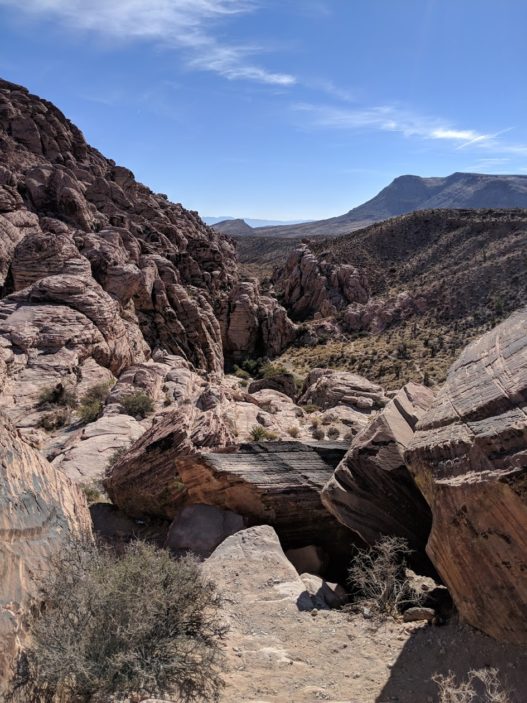
Portrait mode is the best I’ve ever used on a smartphone with flawless depth and blur, and playing around with the AR-based “Playground” mode can be fun if you’re dealing with a lot of landscapes like I was in Nevada and British Columbia. Burst is also vastly improved from Pixel 2, with the 3 able to buffer up to 15 images before using super-resolution techniques to tidy up the image. On the other hand, video quality is respectable but doesn’t quite perform as well as I thought it would, with audio capture particularly weak, losing a lot of bass in environmental sounds and human voices.
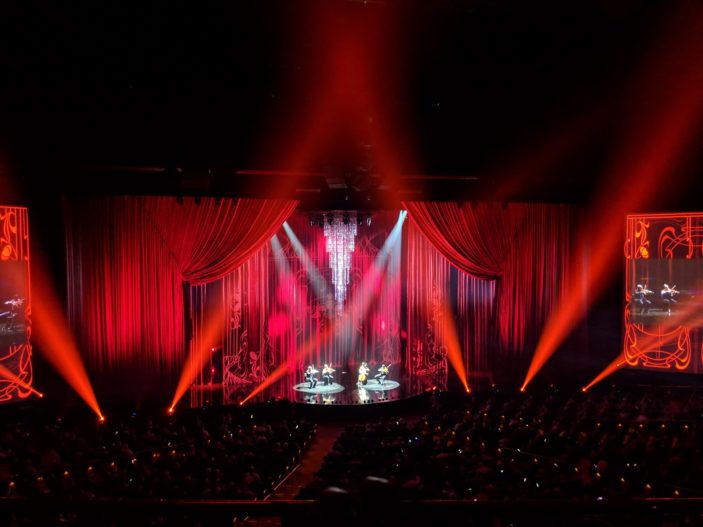
With Google Photos offering free unlimited storage for Pixel 3 users until 2020, there’s little to worry about when it comes to storage space as long as you’ve set up your photos to actively back up. If not, you’re looking at between 5,000-6,000 photos on your device until you notice some serious performance issues such as the camera crashing as soon as you open it, and other functions just refusing to work. I know because I purposely filled the device with that many photos, and while most phones will start to show issues when storage is at its peak, the lag was very significant with my Pixel 3 XL and almost made the phone unusable. Of course, it’d be stupid not to back things up as you go so few will run into this issue.
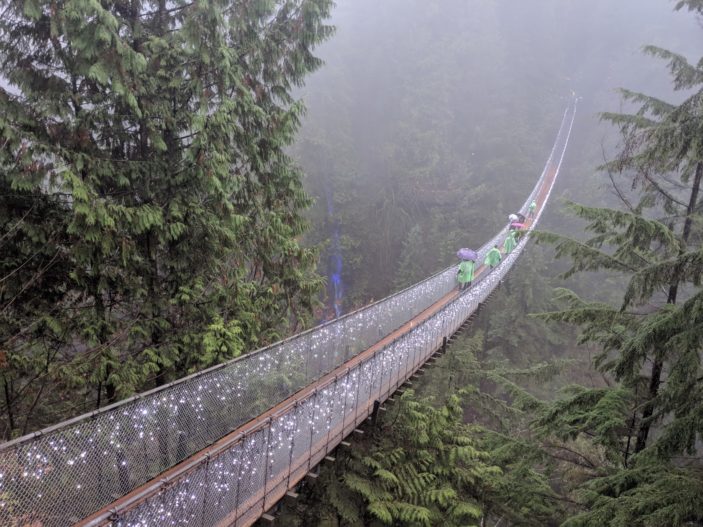
Google Lens is another of the cameras AI features that represent a large leap in the company’s technology, working seamlessly compared to similar programs. “Style Search” is a nifty little trick that has the phone automatically searching products for you as soon as you point your camera at them, while other uses include pointing it at text and receiving details right away or getting information about various objects in your line of sight. The important thing here is that it actually works efficiently with little to no effort.
The biggest downside to the camera for me was the absence of the carousel that’s included in more recent iPhone models; you know, the one that lets you thumb through images in the gallery fast and easily. You’re still just scrolling on this one, plus there’s no split of videos and photos into two separate albums which could be a deal breaker for any content creators making the move from iPhone to Pixel and thinking they’re going to find things nice and organised for ease of use.
Finally, as far as the camera goes, there are dual front-facing cameras to assist one of the Pixel 3s most marketed features, that being the ability to take wide-angle selfies. This eliminates the need for a selfie stick (which surely means that if every tourist owned a Pixel 3 the world would be a much more tolerable place to live), seeing as you can zoom out quite far without having to overstretch your arms, fitting more into any selfie. This doesn’t sacrifice image quality either, as you can see below (apologies for the pose); there’s less distortion than competing phones and the software really touches it up nicely.
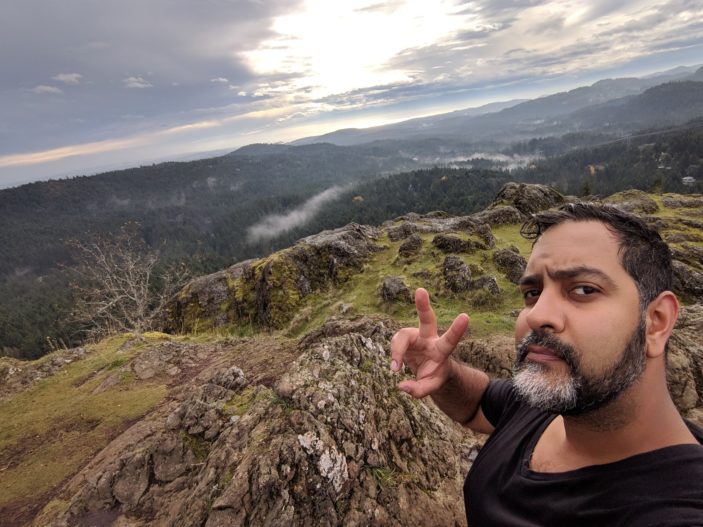
Of course, these photos look best on the Pixel 3’s incredible OLED panel, a 6.5-inch display that’s perfectly crisp and on par with the more impressive displays of 2018, which include the Oppo Find X and the iPhone XR. Viewing experiences are immersive, even despite the noticeable intrusion from both the notch and the chin, and the phone’s volume can reach some impressively loud levels.
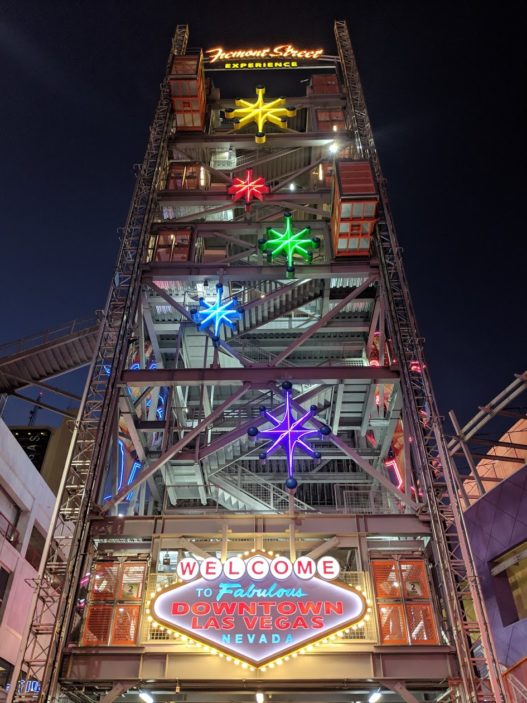
While the notch and chin are odd design choices, the rest of the phone looks and feels incredible. On the back you have two tones with the majority of space taken up by the frosted glass on the bottom. It feels great, looks great, but can scratch a bit easier than I would like. Using a case solves that problem of course, but takes away the elegant visual.
The use of a top-of-the-line Snapdragon 845 and the very advanced Android 9 ensures that regular users won’t have many problems with the performance (as long as they keep storage reasonable, as noted above) although this brings about one of the issues with Google phones in general. They tend to come out towards the end of the year, which is a strange choice because that means that in just a few months time there will be an even better Snapdragon on the market. While most users wouldn’t care about this, the tech heads amongst us will want to consider it before picking this one up for a late Christmas self-gift.
I’m really not a fan of the use of gestures here. Most of them work fine, and do their best at recreating the seamless experience of an iOs, but there are a few that are just downright annoying. Bringing the app drawer – a swipe up from the bottom – is dangerously similar to going into multitasking mode to swipe through open apps, and halfway between the two the phone can get confused. I’ve lost count of how many times I’ve had the problem and have had to use gestures with a bit more patience and intent then I would usually with my iPhone 8.
Squeezing the phone to bring up Google Assistant is a nice touch and proves to be one of the more enjoyable features of the user experience. You can change sensitivity in the settings so there is less of a chance of accidentally activating it, which is by and large the best expression of Google’s helpful smart assistant in a phone to date. It may even be the best expression of any smart assistant in a phone, working fast and efficiently, with precise understanding and adaptive learning which is noticeable and much appreciated. Those who don’t bother with smart assistants may even find an experience that will win them over, although most still won’t care.
Now let’s get the battery life, which can be both excellent and absolutely terrible. Those using the camera constantly on a particular day will find that their 3,430 mAh battery drains super fast. At other times, it’s still not impressive at around 9-10 hours. However, charging is extremely fast and there are times with a bit less intensive use where I’ve managed to go almost a day without having to plug it in. Most people carry power banks around with them nowadays, so it’s less of an issue then some people make it out to be, but it’s still quite disappointing for something so modern.
One thing I would highly recommend is shelling out the $119 for Google’s new Pixel Stand. It’s sold separately but the silicone stand works resoundingly well for those looking for fast, wireless charging. The phone fits snugly and securely on the stand, keeping the phone upright. Plus, I’ve always found stands useful as they give you somewhere to consciously put your phone so you get in the habit of always placing it in the same spot when its not in use at home.
The Google Pixel 3 XL can be a mixed bag due to the aforementioned issues, but I do think the refreshing focus on smart – and effective – software makes up for many downsides. The camera truly is something to behold, and travellers especially will get a lot of value even if the XL is not particularly their main-use phone. I took a DSLR with me and didn’t use it once for the entire month I was travelling, opting instead to just use this for its photos because 9 times out of 10 I ended up with exactly what I was looking for.
Whether this phone is for you depends on your values. To date, no Android phone offers the unparalleled user experience that iOs does and gestures can still be finicky despite, but on the other hand, you really can’t beat this camera and its software. What Google have managed to achieve with just one lens on the rear is nothing short of sorcery, and if you can live with the smaller issues, then that alone is worth running out, retiring that entry-level DSLR, and taking your amateur travel photography to the next level. Plus, with Google known for constant updates, a few tweaks here and there could well and truly make this the best Android option out right now.
![]()
![]()
![]()
![]()
![]()
FOUR STARS OUT OF FIVE
Highlights best. camera. ever (especially for travel); software that is actually smart; beautiful display; best Android experience I’ve had.
Lowlights: gestures can be annoying; software is a major battery drain.
Manufacturer: Google
Price: Pixel 3 RRP starts at $1199, Pixel 3 XL RRP starts at $1349
Available: Now
